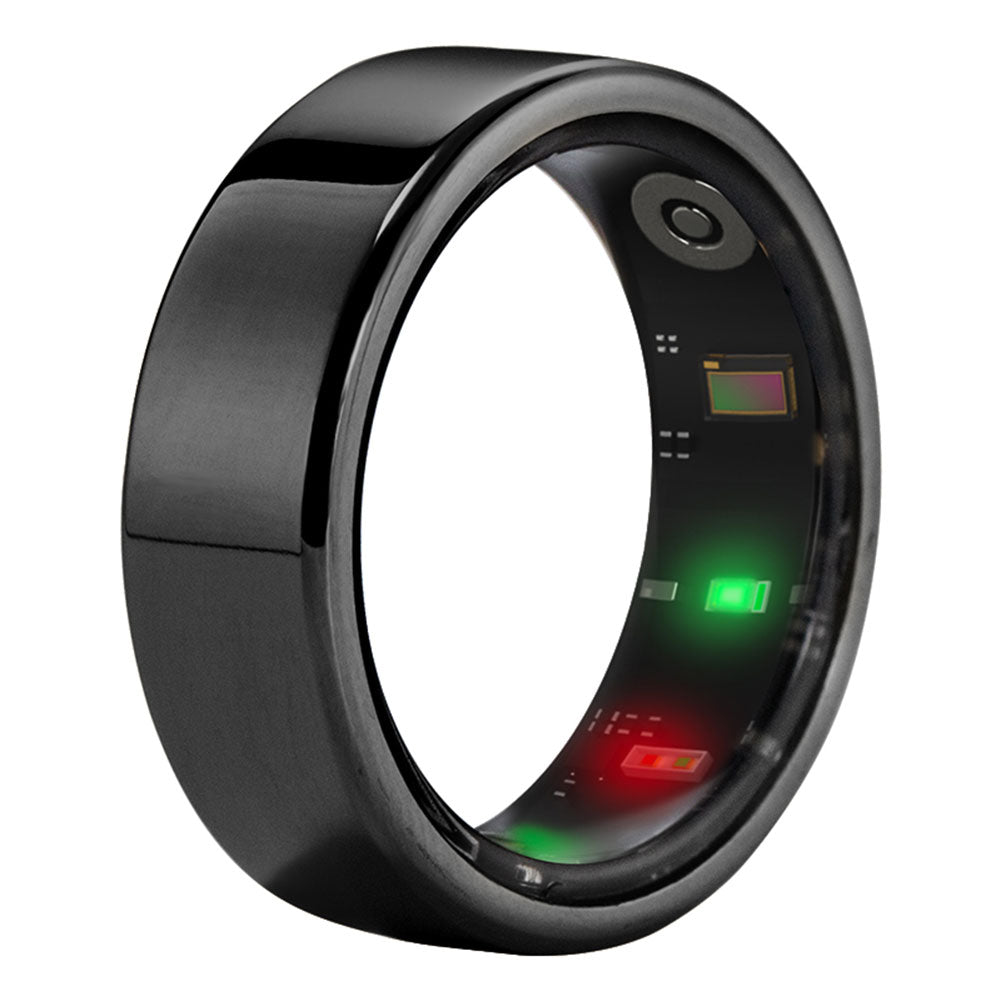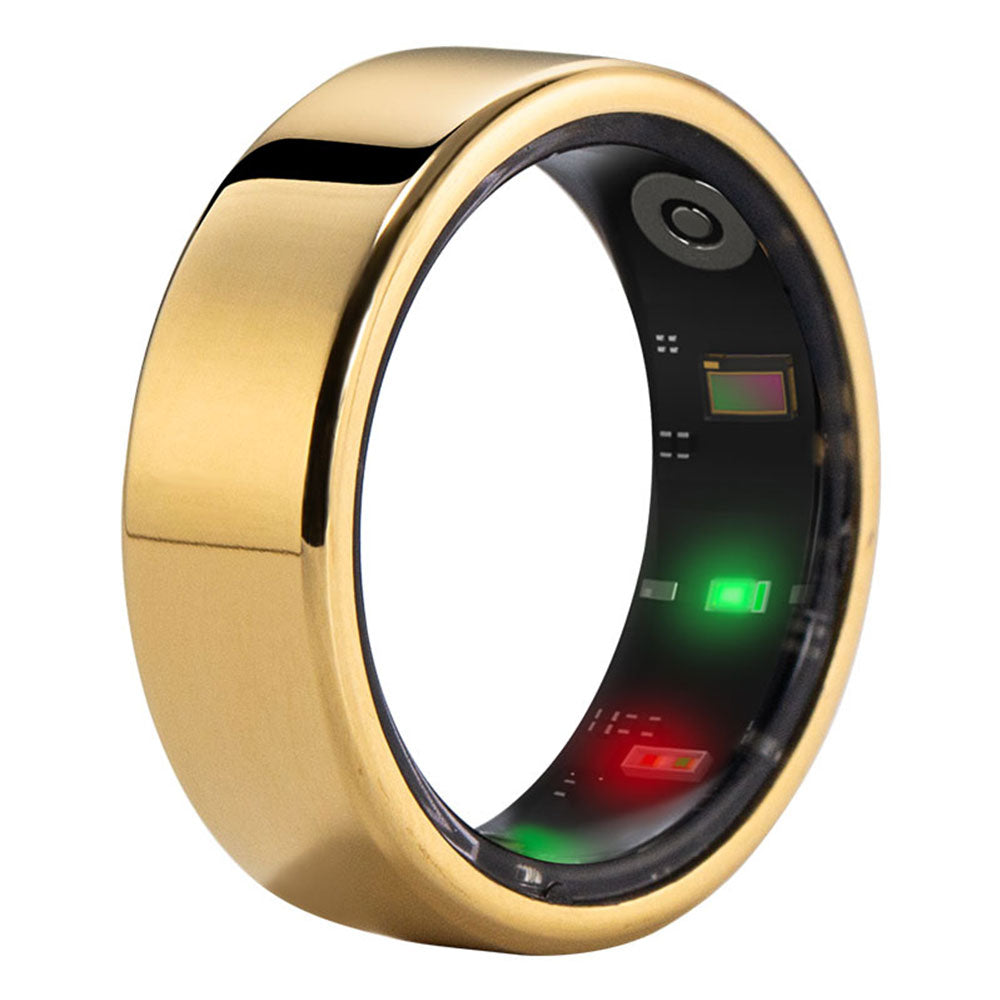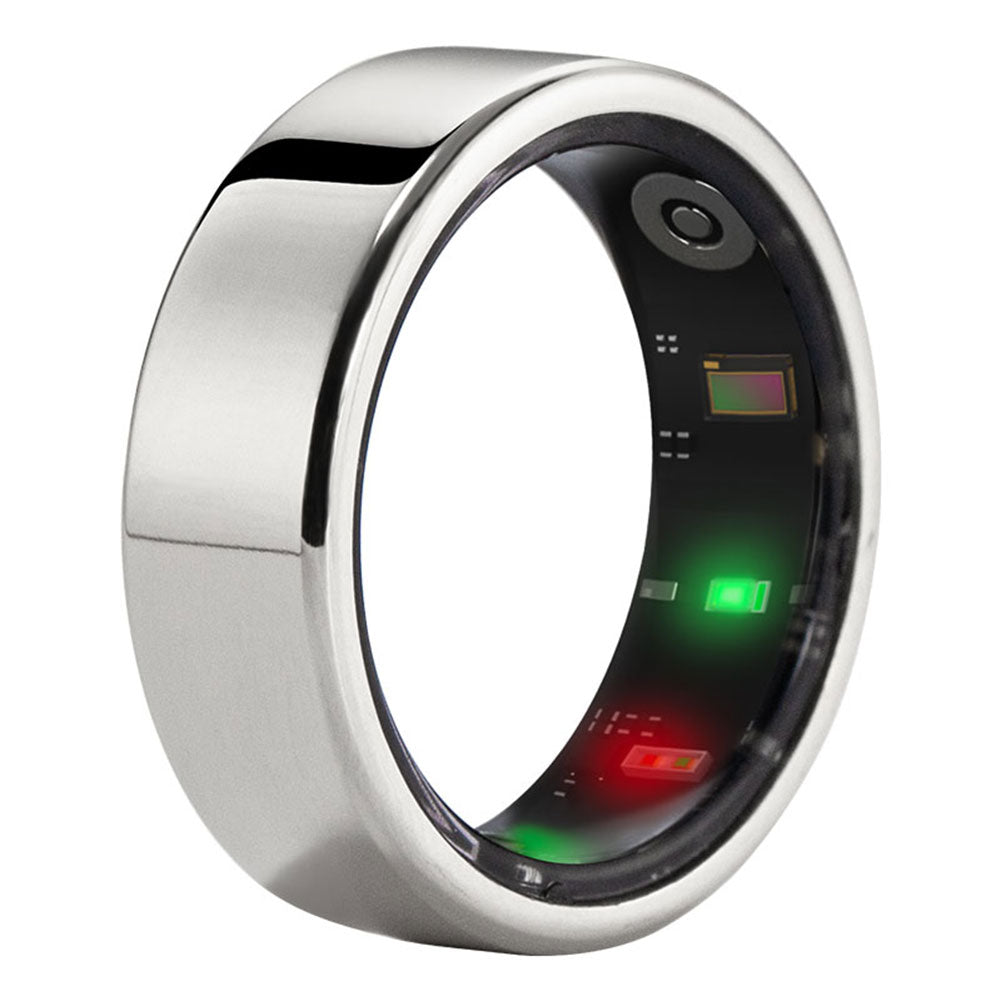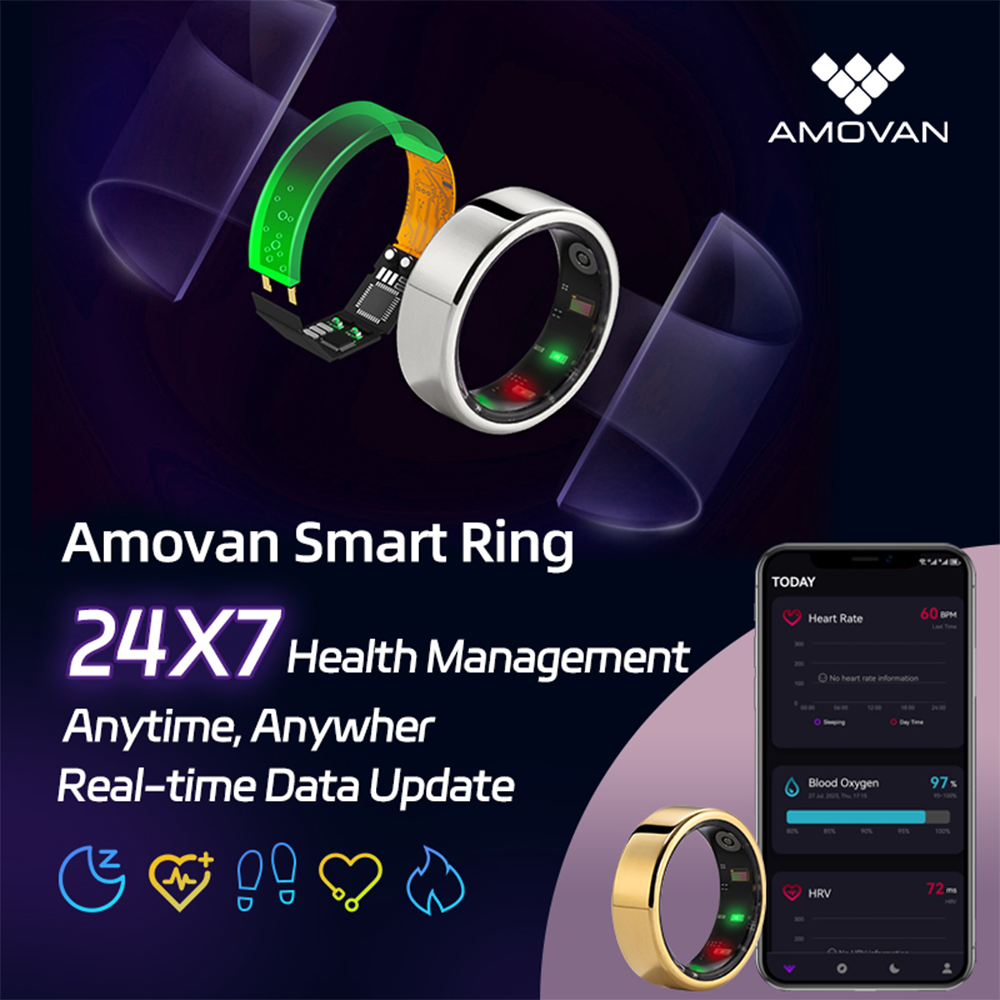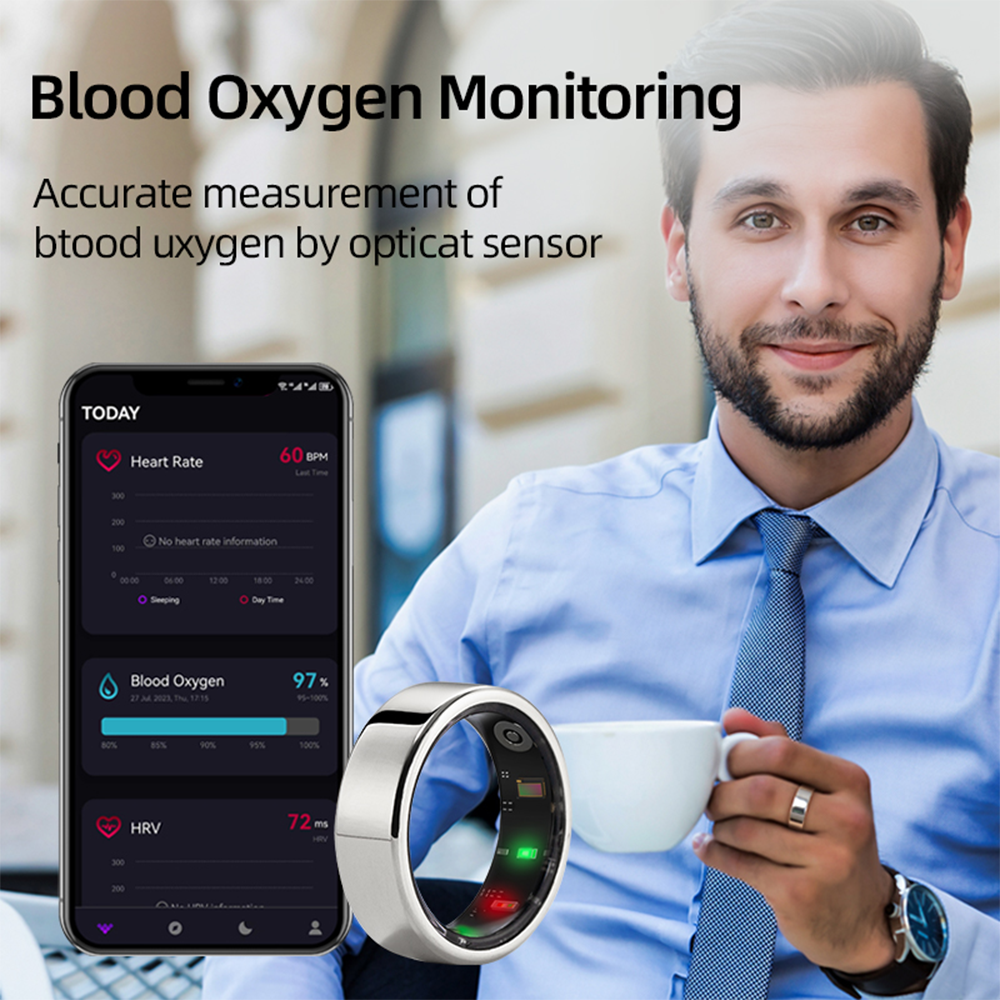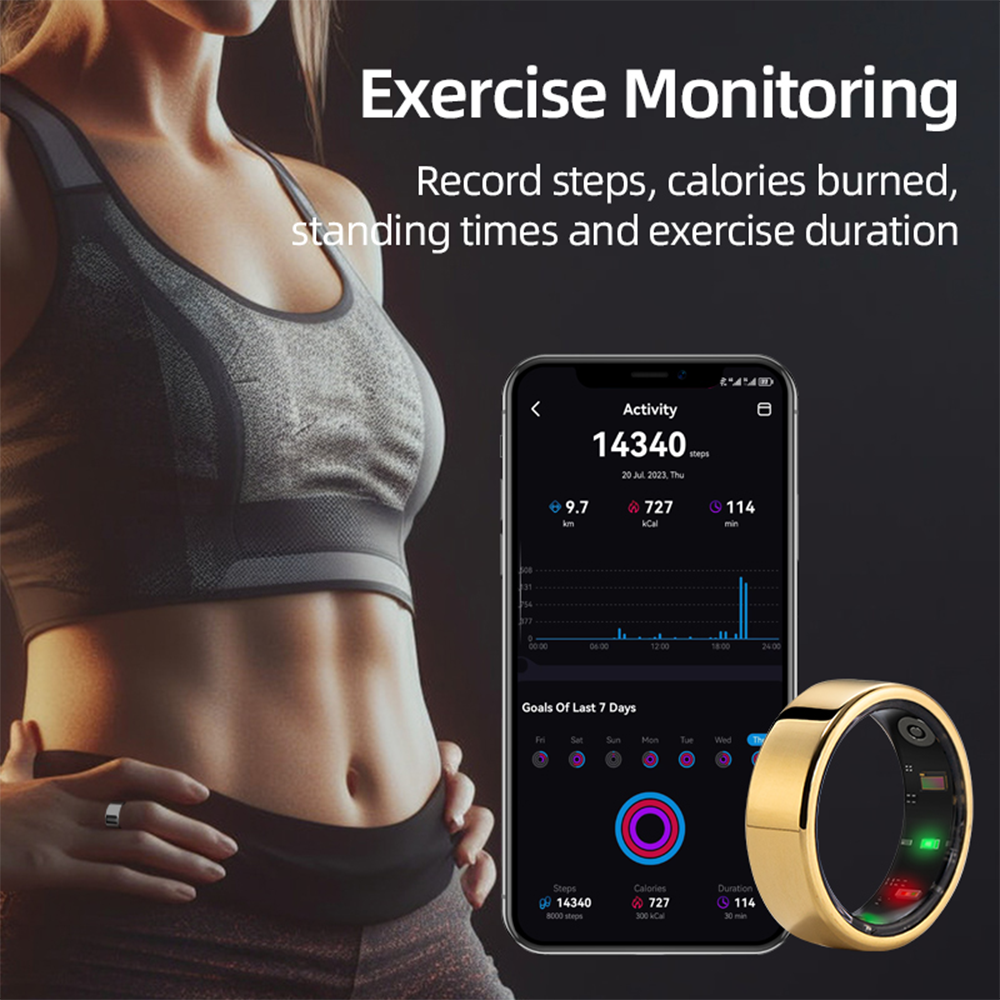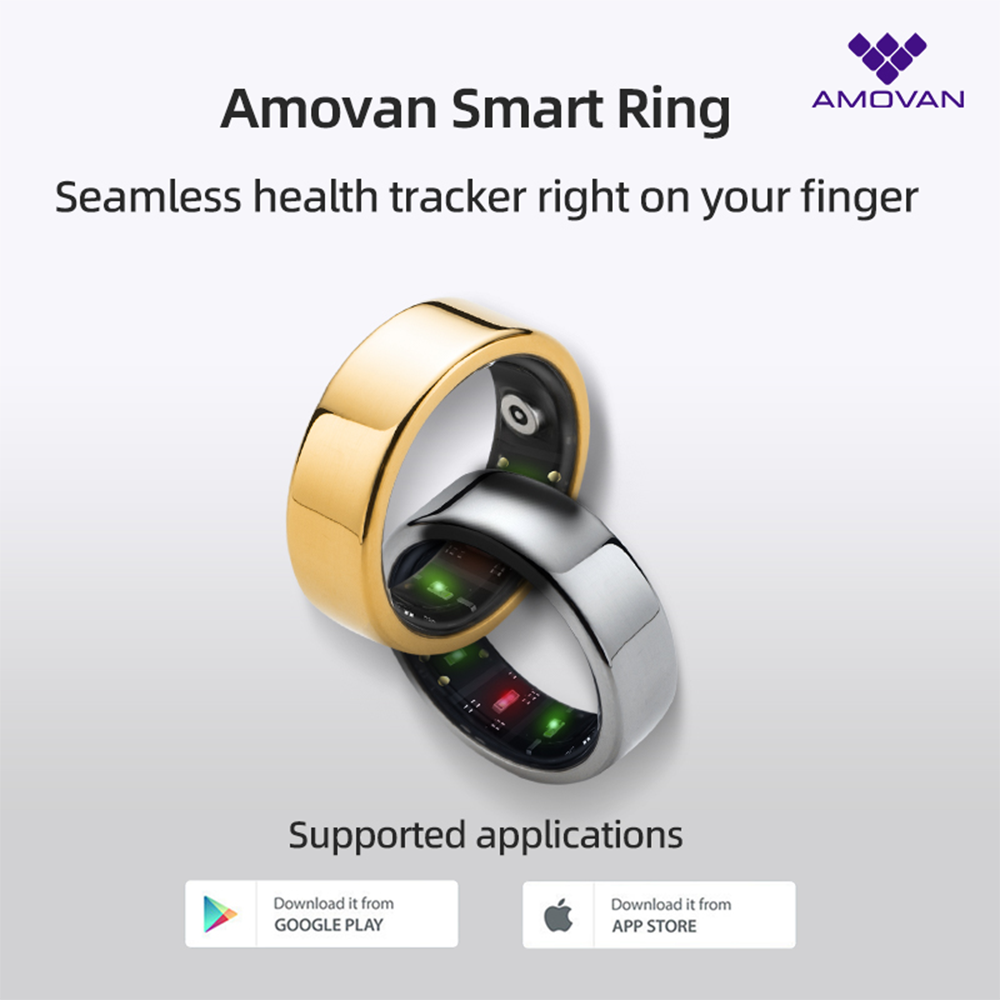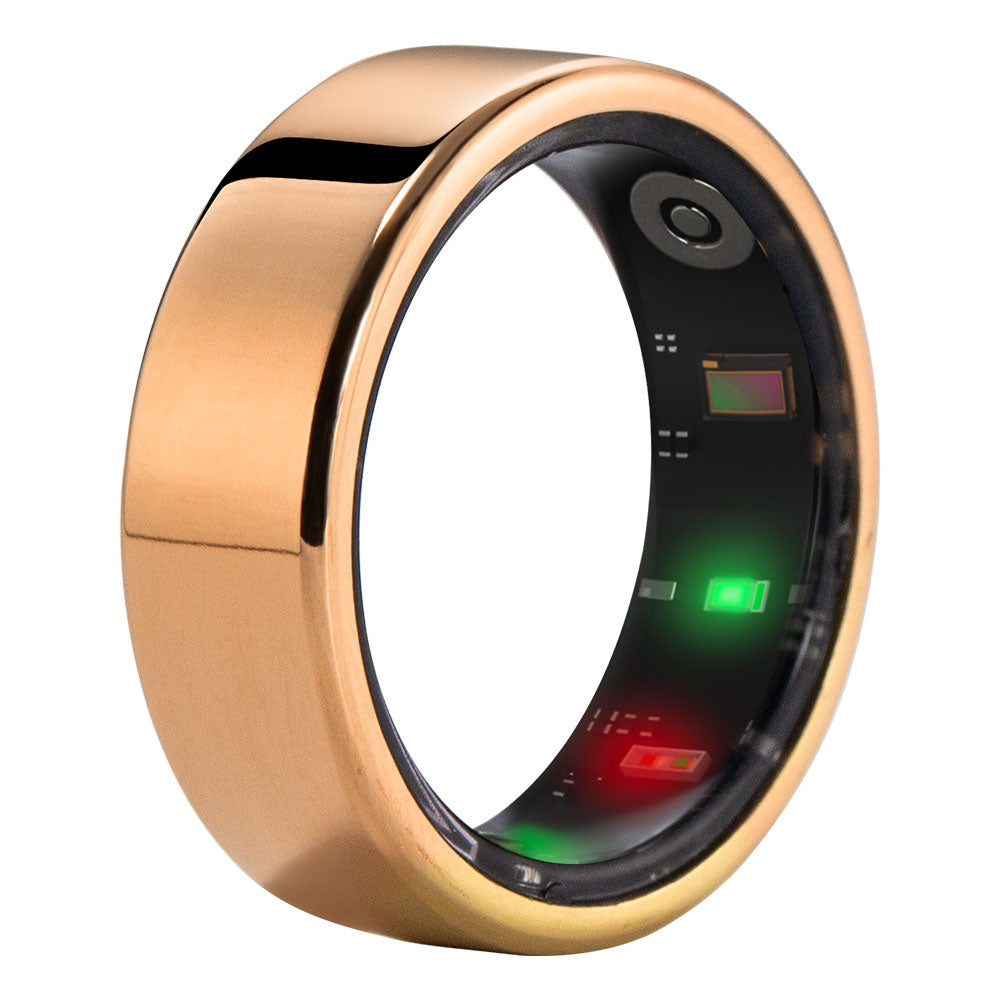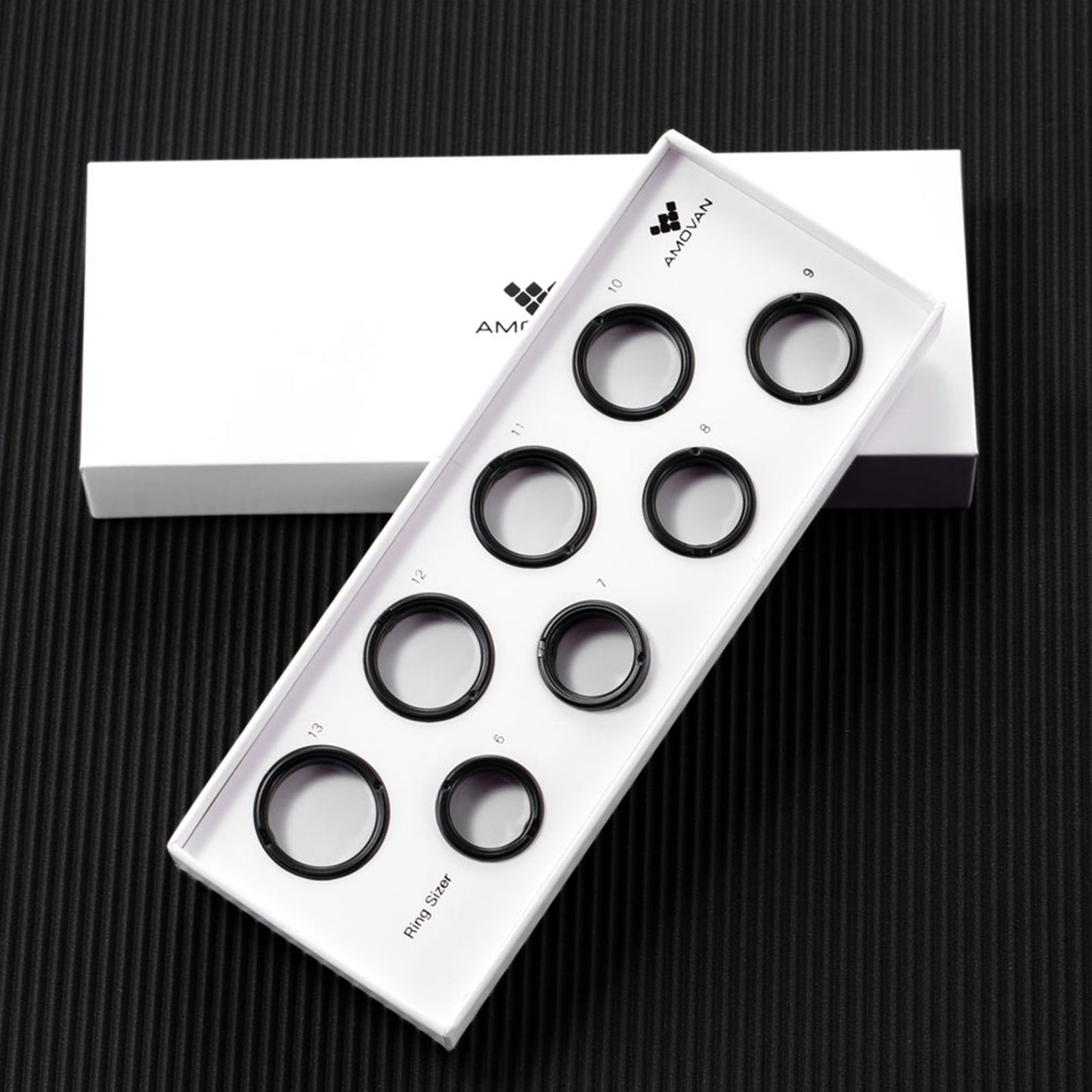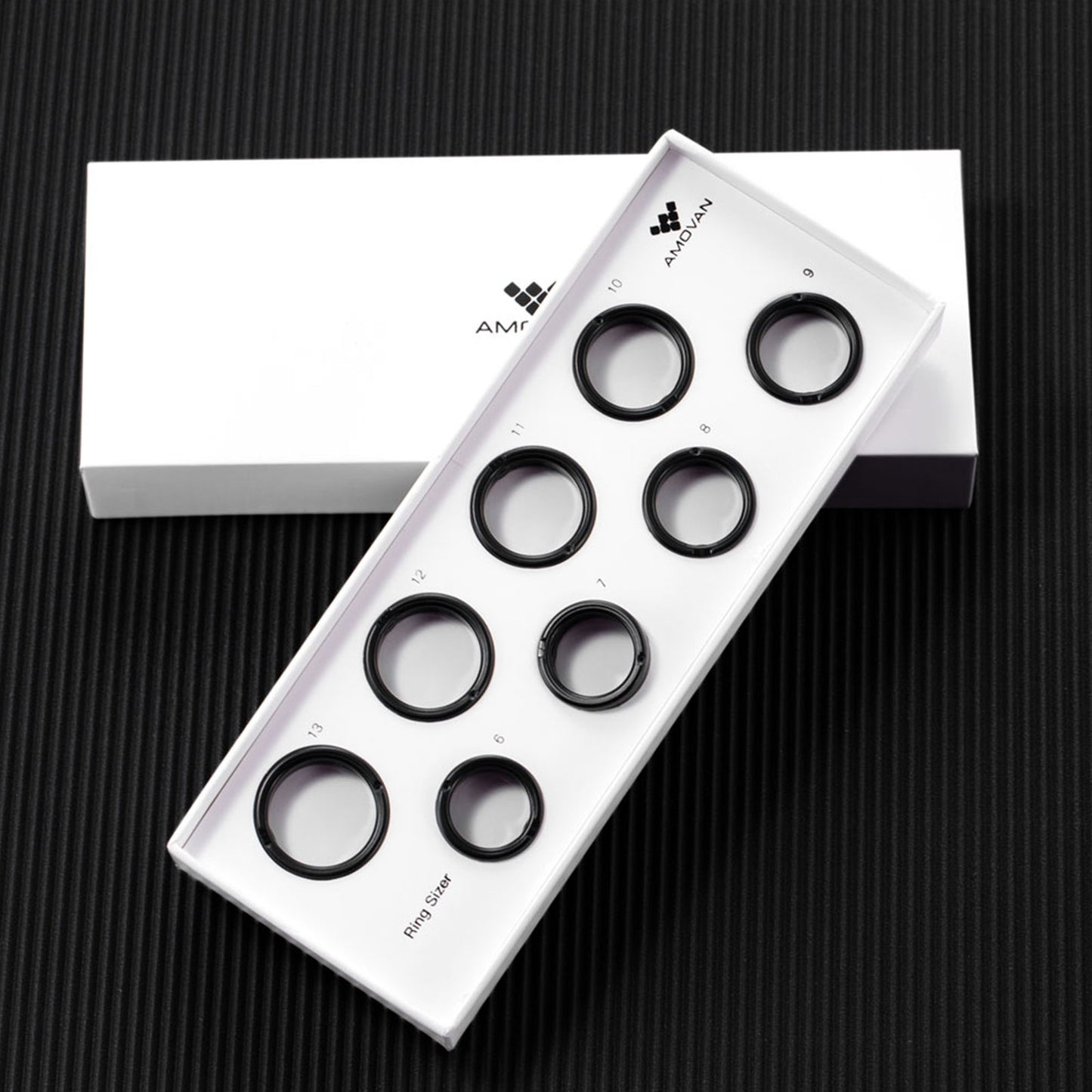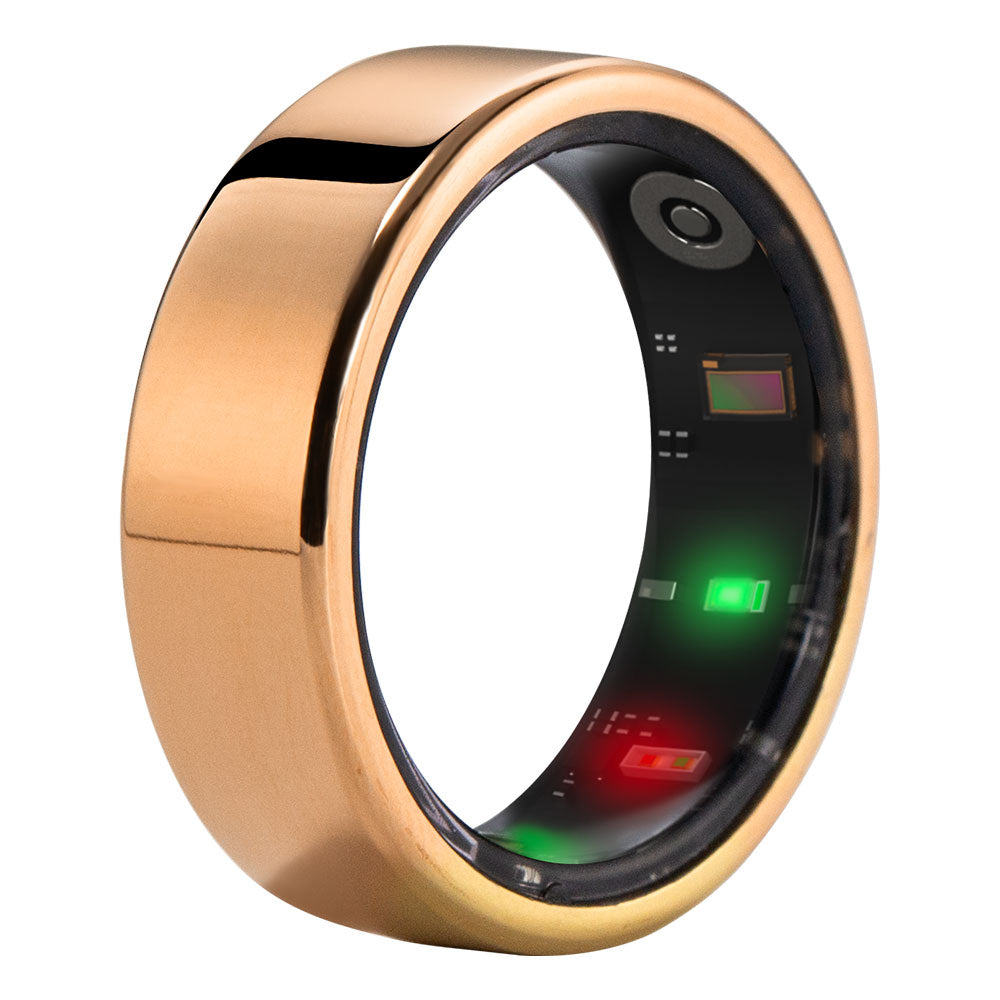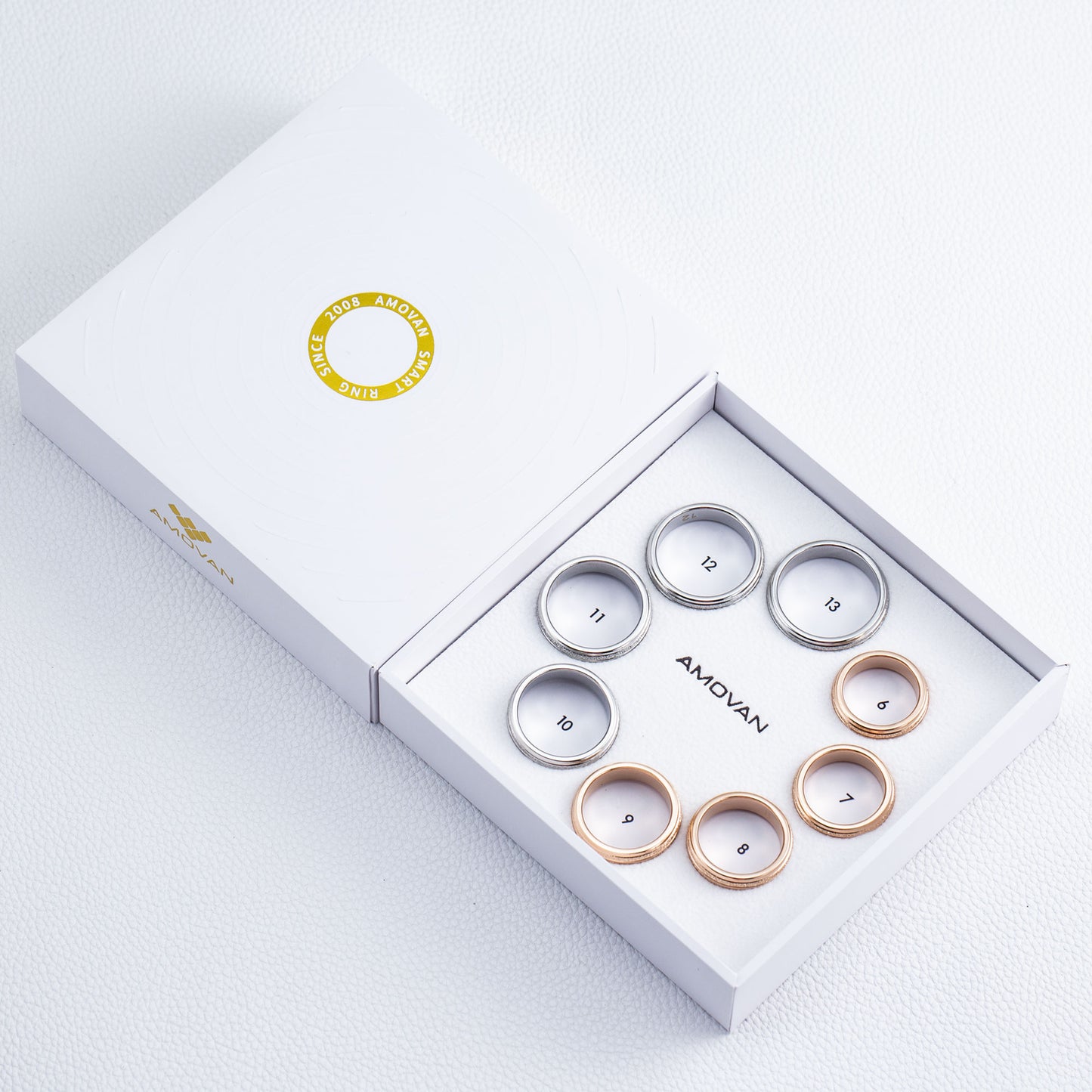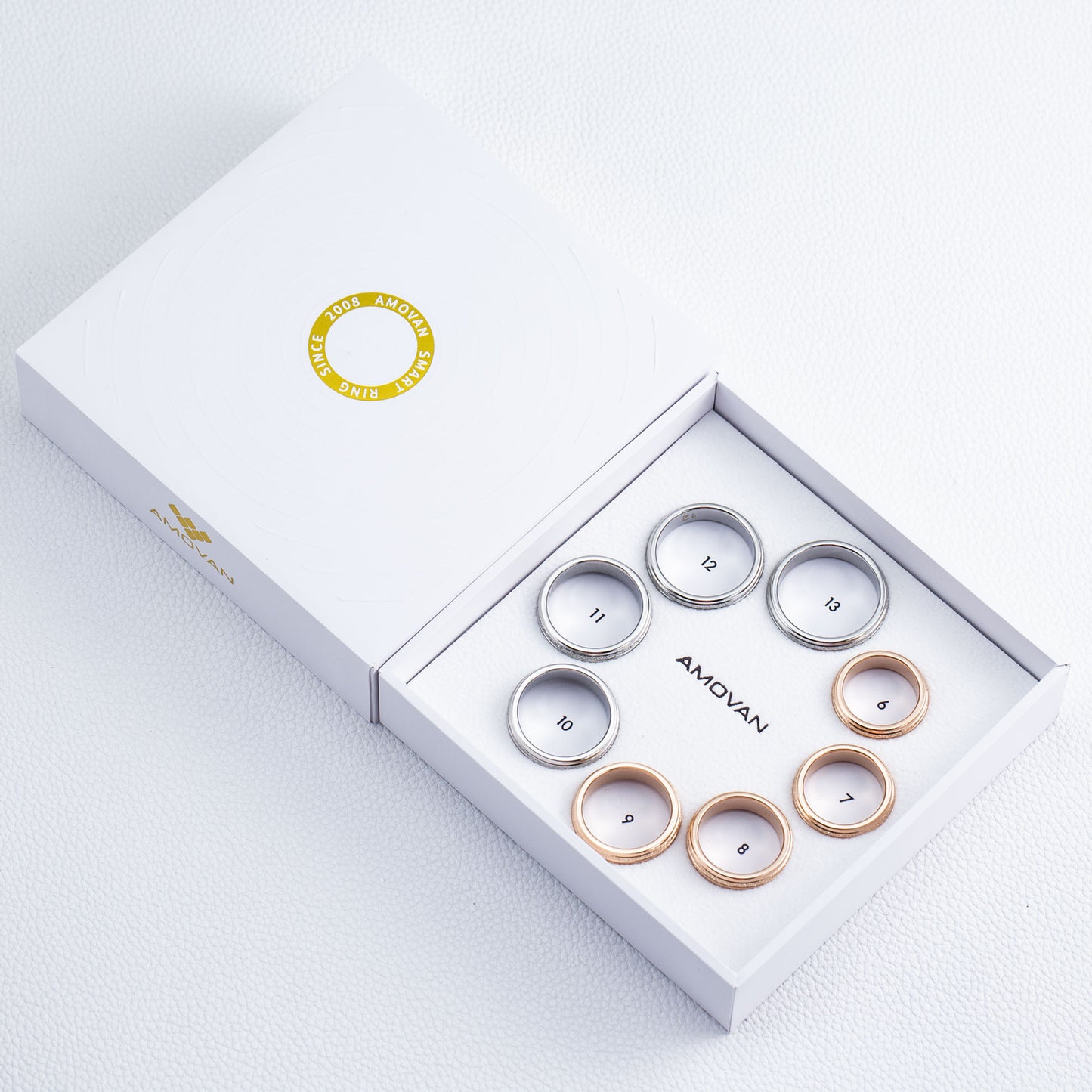Introduction
Lung health is a crucial component of overall wellness, and proper lung function is essential for supplying oxygen to the body and supporting metabolism. With the rise of environmental pollution and changes in lifestyle, the incidence of respiratory diseases is increasing. Therefore, real-time monitoring of lung health has become particularly important. Smart rings, as an emerging wearable technology, are proving to be an effective tool for monitoring lung health. This article explores the applications and advantages of smart rings in lung health monitoring.
Current State of Lung Health Monitoring
Traditional methods for monitoring lung health typically rely on medical examinations, such as pulmonary function tests and imaging studies. While these methods are effective, they often require skilled professionals to administer and can be inconvenient. Additionally, existing wearable devices (like fitness bands and smartwatches) usually do not offer real-time monitoring of lung health, limiting users' ability to manage their health proactively.
How Smart Rings Work
Smart rings integrate various sensors, such as heart rate monitors and blood oxygen saturation sensors, enabling real-time monitoring of physiological indicators related to lung health. Specifically, smart rings can track blood oxygen levels, heart rate, and respiratory rate—data that are crucial for assessing lung function and health status. The collected data is transmitted via Bluetooth to a smartphone app, allowing users to easily view their lung health status and related trends.
Advantages of Smart Rings
-
Portability: Smart rings are lightweight and compact, making them comfortable for all-day wear. Users can monitor their lung health anytime, anywhere.
-
Real-Time Data: Smart rings provide real-time physiological data, helping users promptly identify potential respiratory issues.
-
Personalized Recommendations: Many smart rings come with intelligent analytics features that offer personalized health advice based on users’ health data, assisting them in improving their lung health.
Practical Applications
An increasing number of people are using smart rings to monitor their lung health. Through these devices, users receive real-time feedback on blood oxygen levels and heart rate, allowing them to detect potential respiratory issues early. For example, some users have reported abnormal blood oxygen saturation levels after using the smart ring, prompting timely medical visits and preventing more serious health problems.
Future Outlook
As technology continues to advance, the potential for smart rings in the field of lung health monitoring is vast. In the future, we may see more applications that combine artificial intelligence and machine learning to analyze users’ lung health data more accurately, providing more scientifically-based health management solutions.
Conclusion
Smart rings represent an innovative tool for monitoring lung health, offering users a convenient and real-time assessment experience. As awareness of lung health grows, smart rings are likely to play an increasingly important role in the prevention and management of respiratory diseases. We encourage everyone to pay attention to this new technology and use smart rings to enhance their lung health.
The Amovan smart ring is designed to serve as a health aid, offering you insights and reminders to support your well-being. It's important to understand that the advice and data provided by our ring are for informational purposes only and should not be considered a substitute for professional medical advice, diagnosis, or treatment.





